Flood Insurance: Which States Face the Highest Risk?
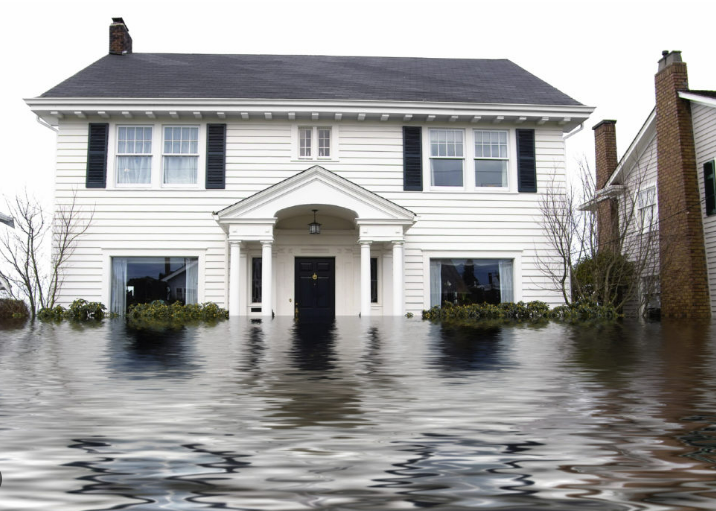
Flood insurance might not be your top priority, but residing in a Gulf Coast state or any flood-prone area increases your vulnerability to significant financial losses. Even minimal flooding, just an inch of water, can result in over $25,000 worth of damage. Prioritizing flood insurance in these high-risk states is crucial to safeguarding against unforeseen disasters.
Texas
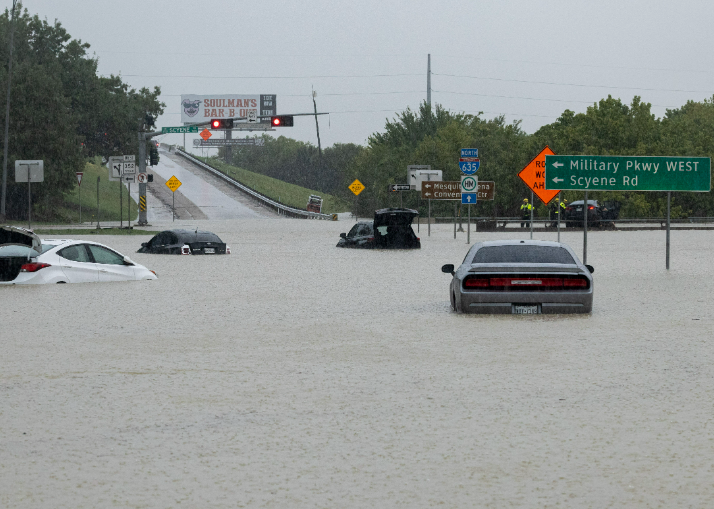
Texas holds the prime position on our radar due to its susceptibility to floods, particularly in coastal areas and along the infamous Flash Flood Alley spanning Central and North Texas. The prevalence of flooding hot spots means that virtually every major city in the state faces a significant risk.
The Texas Department of Insurance offers coverage for your home up to $250,000, with an additional policy available to safeguard personal belongings, providing coverage of up to $100,000. Similar coverage options are also offered by the National Flood Insurance Program (NFIP). However, it’s crucial to note that there’s typically a waiting period before these policies become effective. Therefore, it’s imperative not to delay securing coverage until the threat of a storm looms overhead. Acting preemptively can make all the difference in protecting your home and belongings against potential flood-related losses.
New York
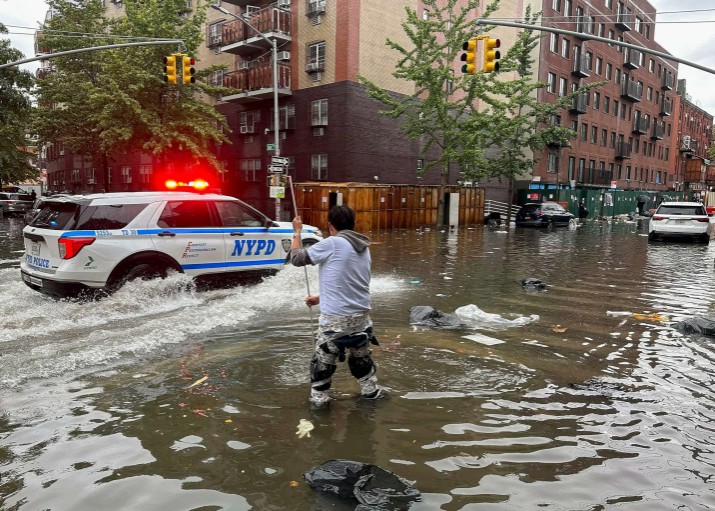
Securing the second spot on our priority list is New York, a state where federal regulations mandate flood insurance for residents living in the most vulnerable regions.
With the escalating impacts of climate change, neighborhoods once considered low-risk are undergoing rezoning, now classified as higher risk areas. Consequently, insurance premiums have surged statewide. It’s evident that neither the trajectory of climate change nor the upward trend in prices are likely to abate anytime soon. However, by investing in flood insurance at present, you can lock in your rates and shield yourself against potential fluctuations in future policy adjustments.
New Jersey
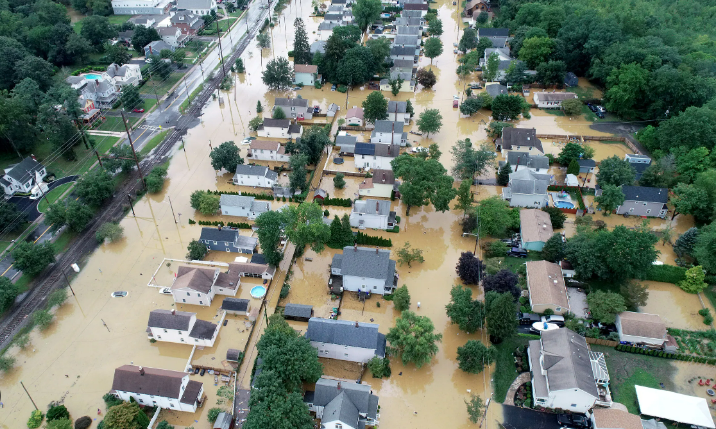
It’s no surprise that New Jersey shares a similar vulnerability to flooding as its neighboring state across the Hudson River. Both states bore the full force of Hurricane Sandy’s impact in 2012, and the aftermath of that catastrophic event still echoes through ongoing insurance claims.
Roughly 17% of New Jersey falls within high-risk flood zones, but the delineation of these areas—and the associated premiums—are prone to alterations. Securing your insurance coverage promptly can serve as a safeguard, preserving your property’s pricing under the current rates before any potential changes take effect.
Louisiana
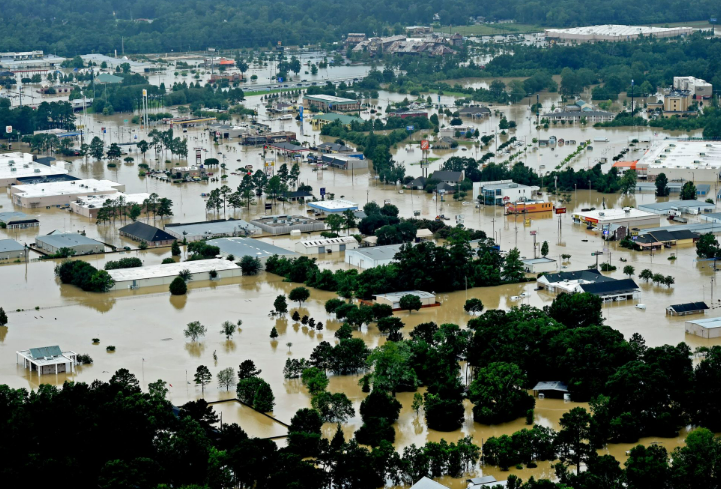
The inclusion of Louisiana on this list shouldn’t come as a surprise, considering the lasting impact of Hurricane Katrina, which remains vivid in the memories of many Americans. The state has endured a series of historic weather events, including the devastating floods of 2016.
While Louisiana residents aren’t legally obligated to purchase flood insurance, homes situated in high-risk areas may face restrictions on obtaining federally-backed mortgages. Additionally, it’s worth noting that a significant portion—25%—of flood insurance claims originate from areas outside the designated high-risk zones.
Given that traditional Louisiana insurance policies, whether for homeowners or renters, typically exclude coverage for flood damage, it’s prudent to consider seeking supplemental coverage to protect against such risks.
Florida
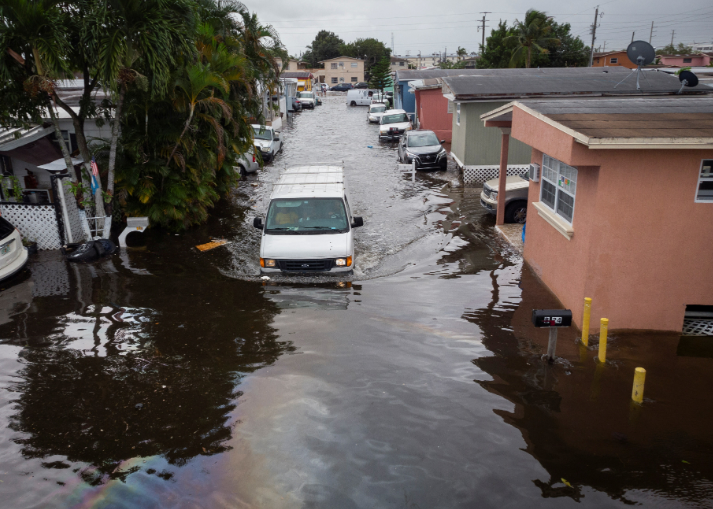
The NFIP has allocated over 75% of its flood insurance payouts to just five states—those we’ve recently highlighted, alongside Florida. In other words, these states collectively represent a staggering 67% of total flood insurance claims.
Despite Florida’s considerable susceptibility to flooding, only 18% of homeowners in the state had flood insurance coverage as of 2022. While it’s true that premiums for such coverage can be steep in Florida, the potential ramifications of not having it, as evidenced by the devastation experienced by numerous residents following events like Hurricane Ian, likely far outweigh the costs.
California
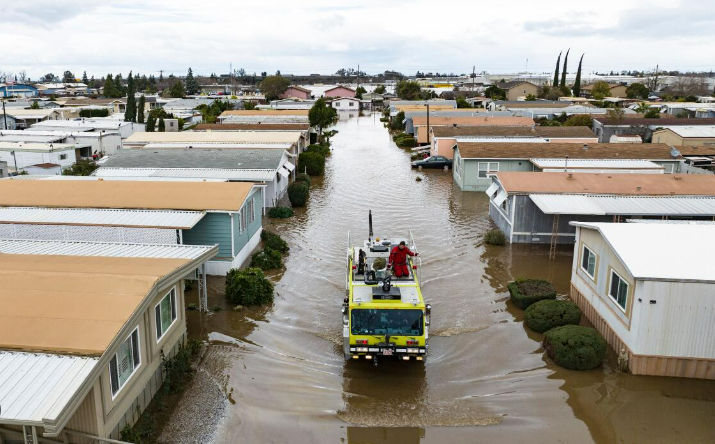
California has a rich history of enduring historic floods, notably the Great Flood of 1892. More recently, events like the Russian River flooding and the Lake Oroville runoff have inflicted substantial damage, prompting widespread evacuation orders. The 2017 Oroville Dam spillway disaster underscored the state’s vulnerability to flooding.
According to reports, California faces a daunting task ahead, requiring an estimated $34 billion to address the aging and malfunctioning dams, levees, and other critical flooding infrastructure. This figure represents double the current investment allocated by the state. Without sufficient funding, California remains at risk of experiencing more frequent and severe flooding events in the foreseeable future.
Mississippi
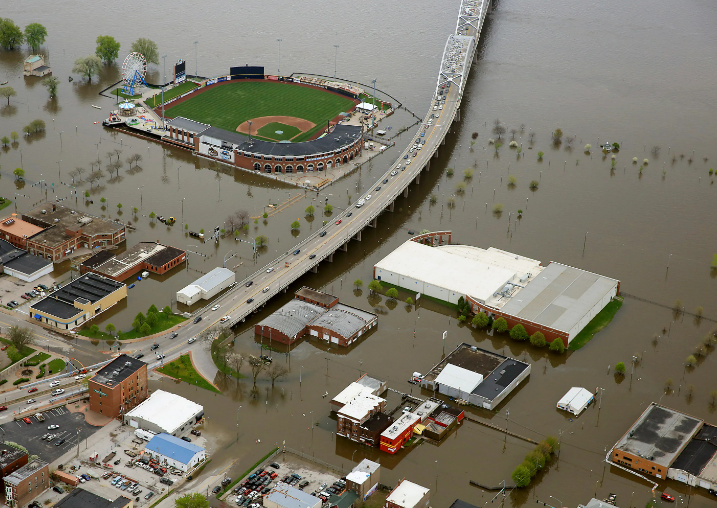
Throughout its history, this state has grappled with recurring floods, spanning from the catastrophic Great Mississippi Flood of 1927 to the more recent cresting of the Pearl River in 2022. Regrettably, this enduring legacy of flooding is mirrored in Mississippi’s homeowner insurance landscape, where coverage options typically do not extend to flood protection.
A staggering number of NFIP payouts—nearly 4.5 million—have been disbursed in Mississippi since 1978. This track record underscores the state’s substantial risk profile and underscores the importance of considering flood insurance as a prudent investment for residents.
Pennsylvania
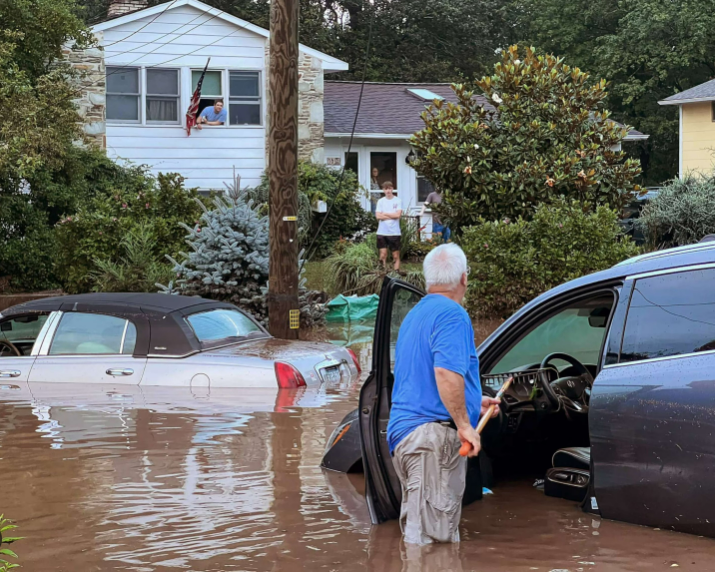
Despite lacking direct coastal access, Pennsylvania finds itself included on this list due to its proximity to flood-prone states such as New Jersey and New York.
Similar to its neighboring states, Pennsylvania has undergone policy adjustments prompted by revisions to flood maps. Consequently, some residents have found their properties newly designated within high-risk flood zones, prompting the need for flood insurance coverage.
Given the unpredictability of floods, particularly in a state susceptible to significant rainfall from hurricanes, it’s advisable to explore your coverage options to safeguard against potential losses.
Alabama

Alabama has faced its fair share of natural disasters, grappling with the devastating impacts of Hurricanes Katrina, Rita, and Ivan. Between 2000 and 2015, the Federal Emergency Management Agency (FEMA) disbursed nearly $500 million in flood-related aid to individuals and over $730 million to public entities.
To put the frequency of flooding in Alabama into perspective, consider this: on average, a flood event occurs approximately every 12 days, resulting in substantial financial burdens. With the ongoing trend of residential development in low-lying coastal regions, it’s becoming increasingly prudent for Alabamians to reassess and potentially enhance their insurance coverage to mitigate the risks associated with flooding.
Missouri
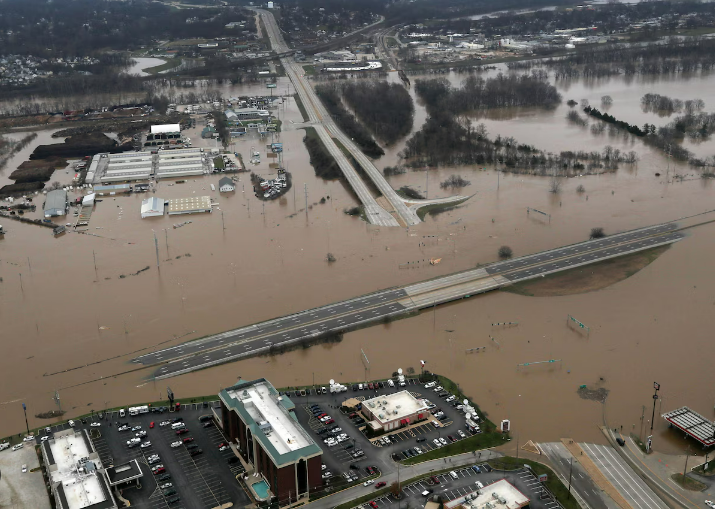
Completing our list of top ten at-risk states is Missouri, an unexpected inclusion considering it is doubly landlocked. However, with its susceptibility to flash floods and numerous communities situated on floodplains, the necessity for flood insurance among Missourians is undeniable.
Beyond the imperative to safeguard your home and possessions lies the paramount importance of protecting your loved ones. In 2015 alone, flash floods in Missouri tragically claimed the lives of 27 individuals. This sobering reminder of nature’s formidable force serves as yet another compelling reason to proactively prepare. It’s crucial not to jeopardize your life in an attempt to defend your home or salvage belongings.
The Cost Of Flood Insurance
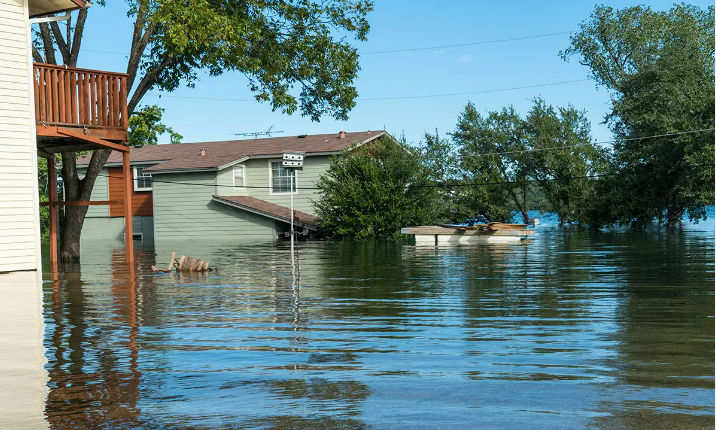
The average cost of flood insurance fluctuates depending on several factors, including:
- The location, elevation, size, construction type, and age of your home.
- The extent of coverage included in your policy, as well as the chosen deductible amount.
By thoroughly researching the available options specific to your state of residence, you can engage with an insurance agent to obtain a personalized quote tailored to your needs. Don’t hesitate to reach out and explore your flood insurance options today.
Floods Can Happen Anywhere
Even in states with comparatively lower rates of flooding, such as Wyoming, it’s important to recognize that 40% of flood insurance claims handled by the NFIP originate from areas not deemed as highest-risk for floods.
Moreover, considering that 10 of the costliest floods in the NFIP’s history have occurred within the past two decades, it’s reasonable to anticipate a rise in extreme weather events in the foreseeable future. This underscores the significance of preparedness for all individuals, regardless of their location’s historical flood risk.



